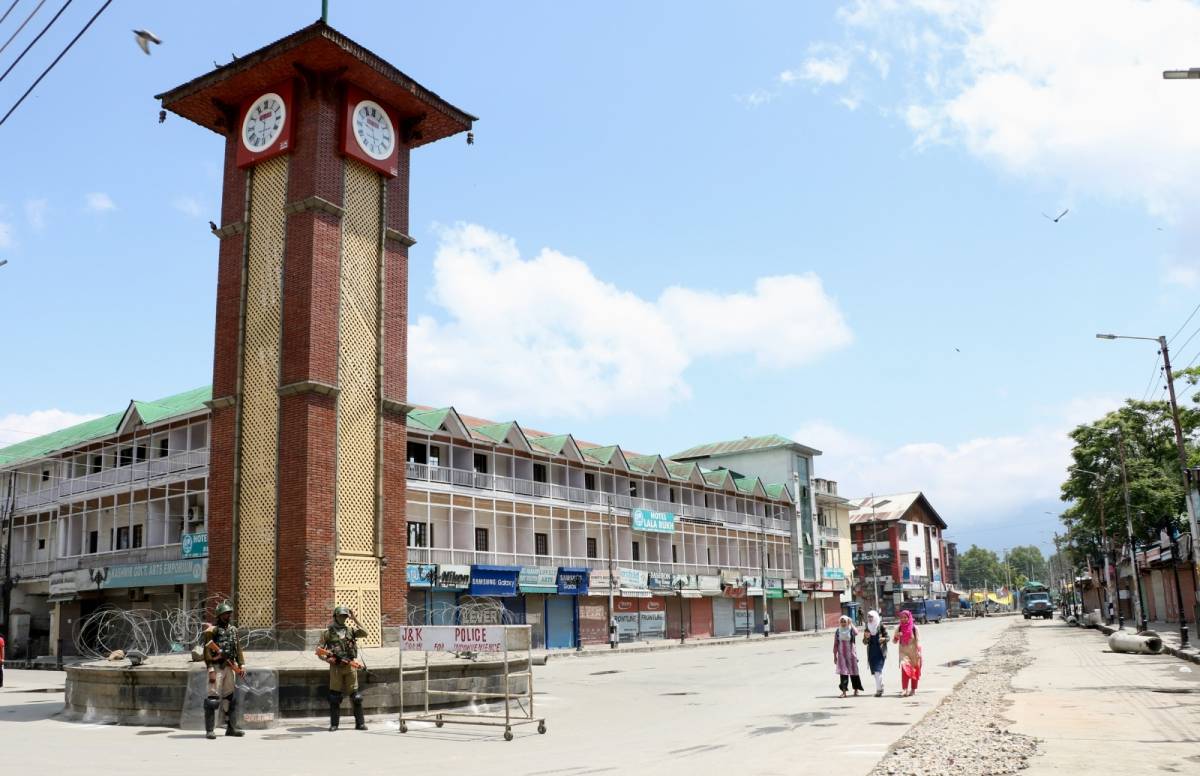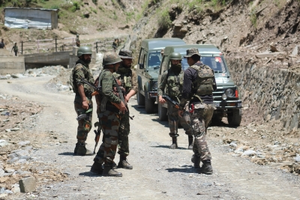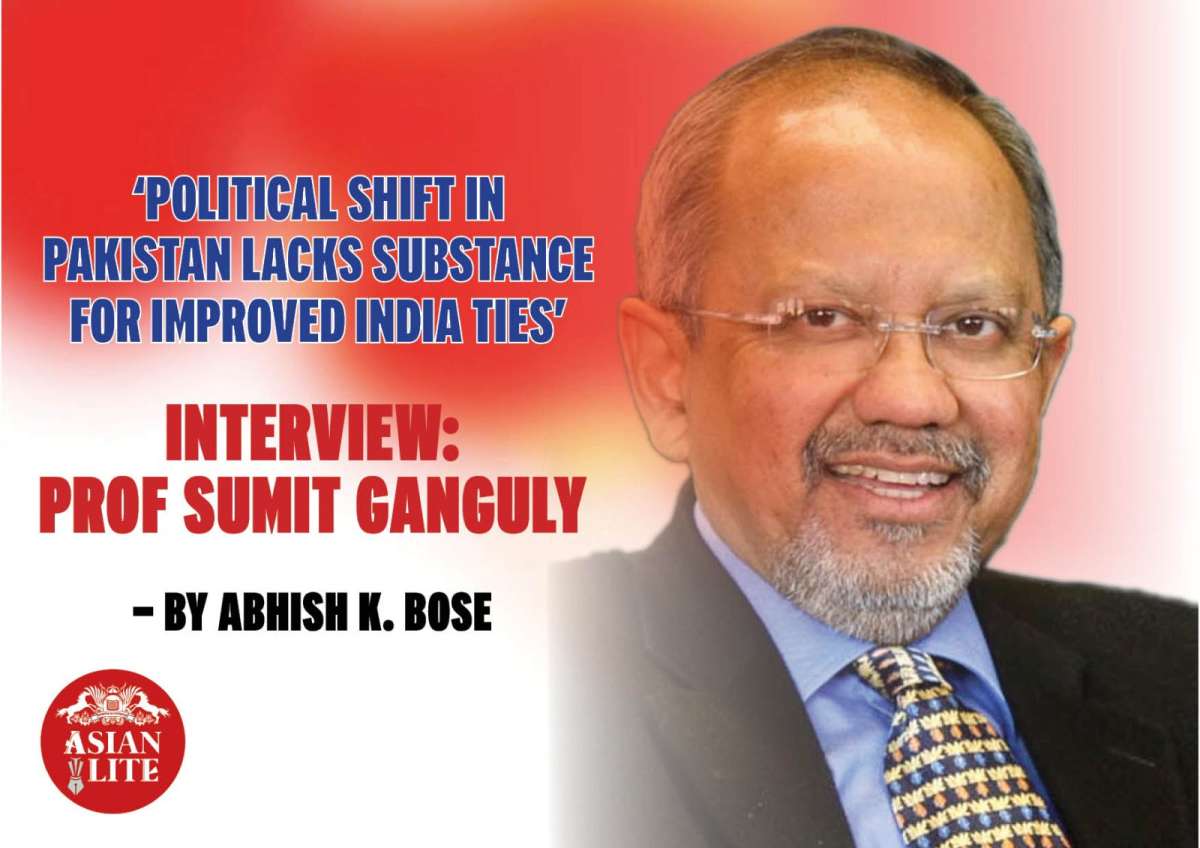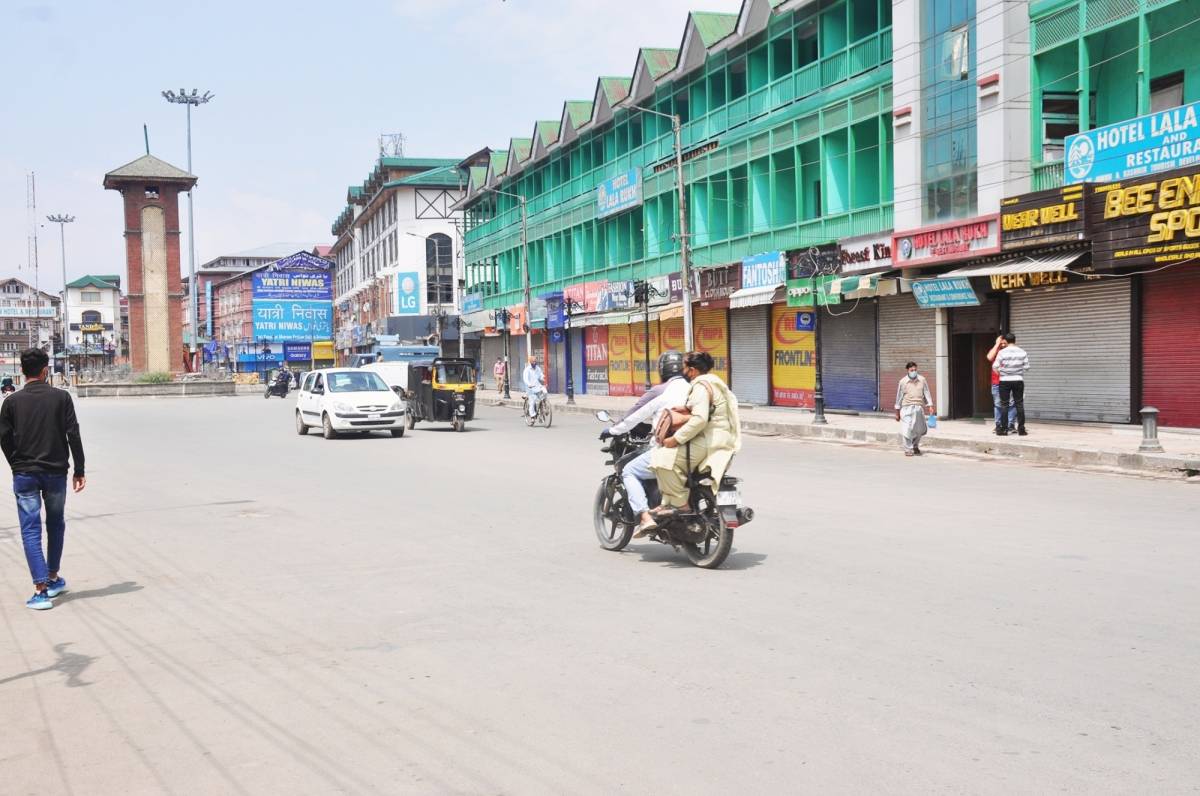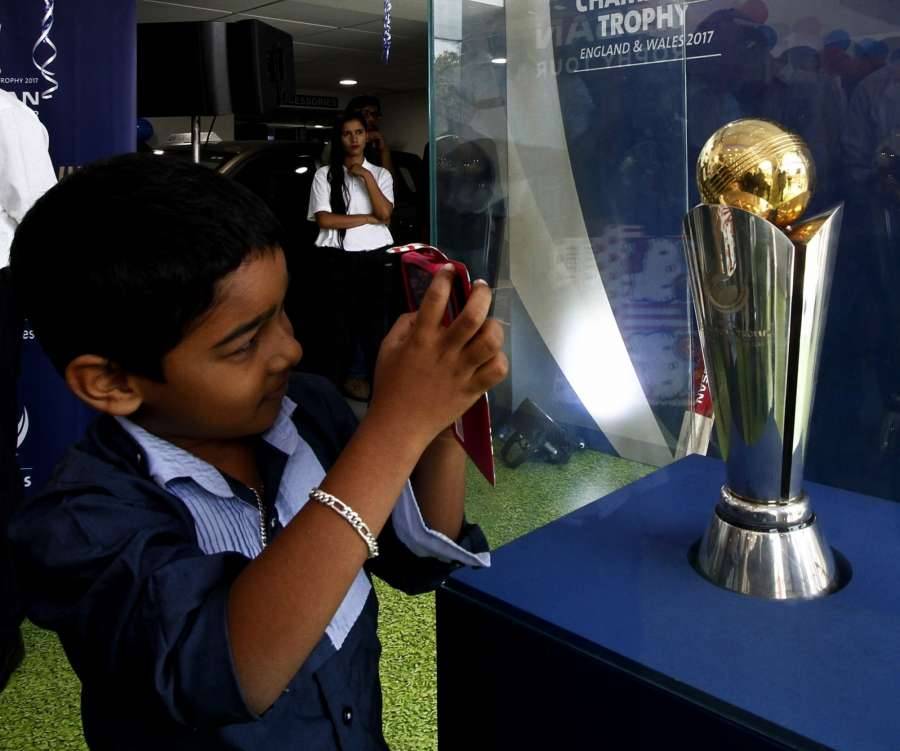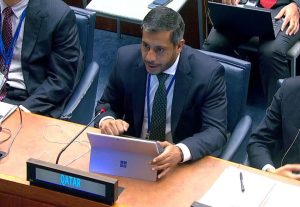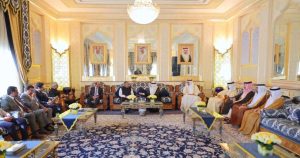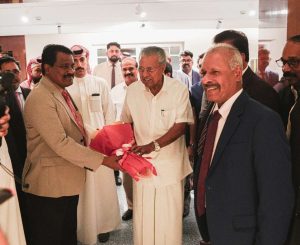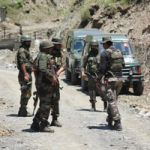Security forces believe that the spread of Wahhabi sect has changed the paradigm of militancy in Kashmir….reports Asian Lite News
The influence of Wahhabism has changed the nature of insurgency in Kashmir.
During the last 10-15 years, the Ahle-Hadith (Followers of Wahhabism) controlled mosques have doubled from 1,000 to 2,000.
The funding of these mosques is lavish so that they look grand, attractive and pompous in comparison to the traditional Kashmiri mosques built by followers of Sufist Islam.
The Ahle-Hadith controlled mosque takes hardly six months to complete because of the lavish funding from the gulf.
The Salafis sport beards, wear a skull cap and their pants or lowers are always worn above the ankle.
Security forces believe that the spread of Wahhabi sect has changed the paradigm of militancy in Kashmir.
From seekers of the so-called ‘Azadi’, majority of the youth under the influence of the Wahhabi sect are claiming to be fighting for the global cause of establishing the Islamic Caliphate.

Terrorist organisations spread all over the world, controlled by the followers of Wahhabism, are based on Ibn Taymiyyah’s principles and traditions.
These terrorist organisations rely on references taken from Ibn Taymiyyah’s books especially his Mardin Fatwa in which he says one can kill anyone to achieve his target.
The influence of Ibn Abdul Wahhab’s intolerant and supremacist theology has spread to many parts of India especially to Kashmir.
Textbooks taught in the Salfi-Wahhabi Madrassas include controversial books like Taymiyyah’s ‘Majmua Fatwa’ (Compilation of his fatwas), Ibn Abdul Wahhab’s ‘Kitab al-Tawheed’ (Book of monotheism), ‘Taqwiyatul Iman’ (Strengthening of religion) and ‘Sirat-e-Mustaqeem’ (The straight path) authored by the hardcore Indian clerics Shah Ismail Dehlvi and Syed Ahmad ‘Shaheed’.
ALSO READ: SPECIAL: Talks to thaw political impasse in Jammu & Kashmir
Syed Ata Hasnain, former GOC of Srinagar based 15 corps said, “Wahhabism has not been understood by the Indian nation, nor by the armed forces.
“The manner in which Wahhabiyat was introduced in Kashmir. The manner in which mosques changed hands in 10-15 years (referring to the early 90s when militancy was at its height) from the local Sufi maulvis to the ones who came from central India e Bihar, Uttar Pradesh and Madhya Pradesh.”
In ‘Kashmir-the rise of a hard faith’, author Tariq Mir says, “The rise of this dogmatic faith has raised a host of fundamental questions. Is Kashmir headed the way of Pakistan and Afghanistan, where the Islamic radicalism has fueled a nihilistic ideology of settling disagreements through violence?

“Does its rise mean the complete dominance of Pakistan-based jihadists?
“How might Sufis beat back this onslaught in an age of globalization, free travel, and religious satellite channels constantly beaming in a stream of foreign cultural prejudices?
“Will Kashmir’s unique identity survive in this turbulent neighbourhood? Or will Sufism soften this hard faith, too, and tame its dogmas and thus serve as a lesson to the larger region awash in Islamic radicalism?”
The spread of the Wahhabi sect is gradually changing the religious and the socio-cultural scene in Kashmir.
Instead of extending time in prayer and penance during the five-times daily ‘Nimaz’, as is practised by the followers of the Sufist Islam in Kashmir, the Salafis end their prayers in less than 10 minutes.
They do not observe the birthday of the Prophet of Islam known as the ‘Eid-e-Milat’.
The Safis do not believe in observing nightlong prayers like the night of the ‘Shab-e-Baraat’ as do all other Muslims following practices other than Wahhabism.
The spread and influence of this sect in Kashmir is clearly depicted in the declining numbers of devotees seen at the Hazratbal shrine, the shrine of Sheikh Humza Makhdoom, the shrine of Kashmir’s patron saint, Sheikh Nuruddin Wali at Chrar-e-Sharief town, the Baba Rishi shrine at Gulmarg and scores of other shrines spread through the length and breadth of the Valley.
The arrival of the Wahhabi sect in Kashmir has similarities with the rule of the local King, Sikandar, the iconoclast, who ruled Kashmir from 1389 to 1413 A.D.

Known locally as ‘Sikandar Butshikan’
His rule virtually terminated the longstanding syncretic and tolerant culture of Kashmir and in its rigorous abidance by Sharia, severely oppressed the Kashmiri Hindu population.
‘Music, dance, gambling, intoxicants, etc. were prohibited and the office of ‘Shaikhu’l-Islam’ was established to enforce these rules.
“Brahmans were forcibly converted, Hindu and Buddhist shrines of worship were destroyed, Sanskrit literature were purged, ‘Jizya’ (Tax on religious minorities) was imposed for those who objected to the abolition of hereditary Varnas and caste marks were prohibited.
If left unchecked the spread of the Wahhabi sect in Kashmir would usher in an era of intolerance and religious frenzy that would finally wipe out all socio-religious customs, practices and traditions of tolerance.
As a keen Kashmir observer said, “Would this become a colossal tragedy in which Kashmir would lose everything, including its name and innocence?
“Or, as a hardcore optimist believes, would Sufist Islam with its historical moorings withstand the Wahhabi onslaught?
“Would Kashmir’s tradition of tolerance and brotherhood overcome the Wahhabi tempest and reclaim the land of the Sufis?
Would the Maulvi’s ‘Azaan’ from Sheikh Humza’s mosque-shrine and the sound of the ‘Shank’ from Sharika Devi’s temple in its neighbourhood beckon humankind to its eternal reality of oneness and co-existence?

